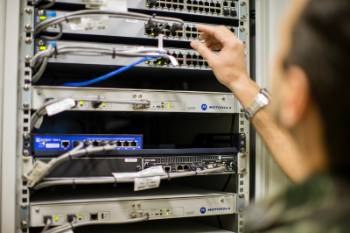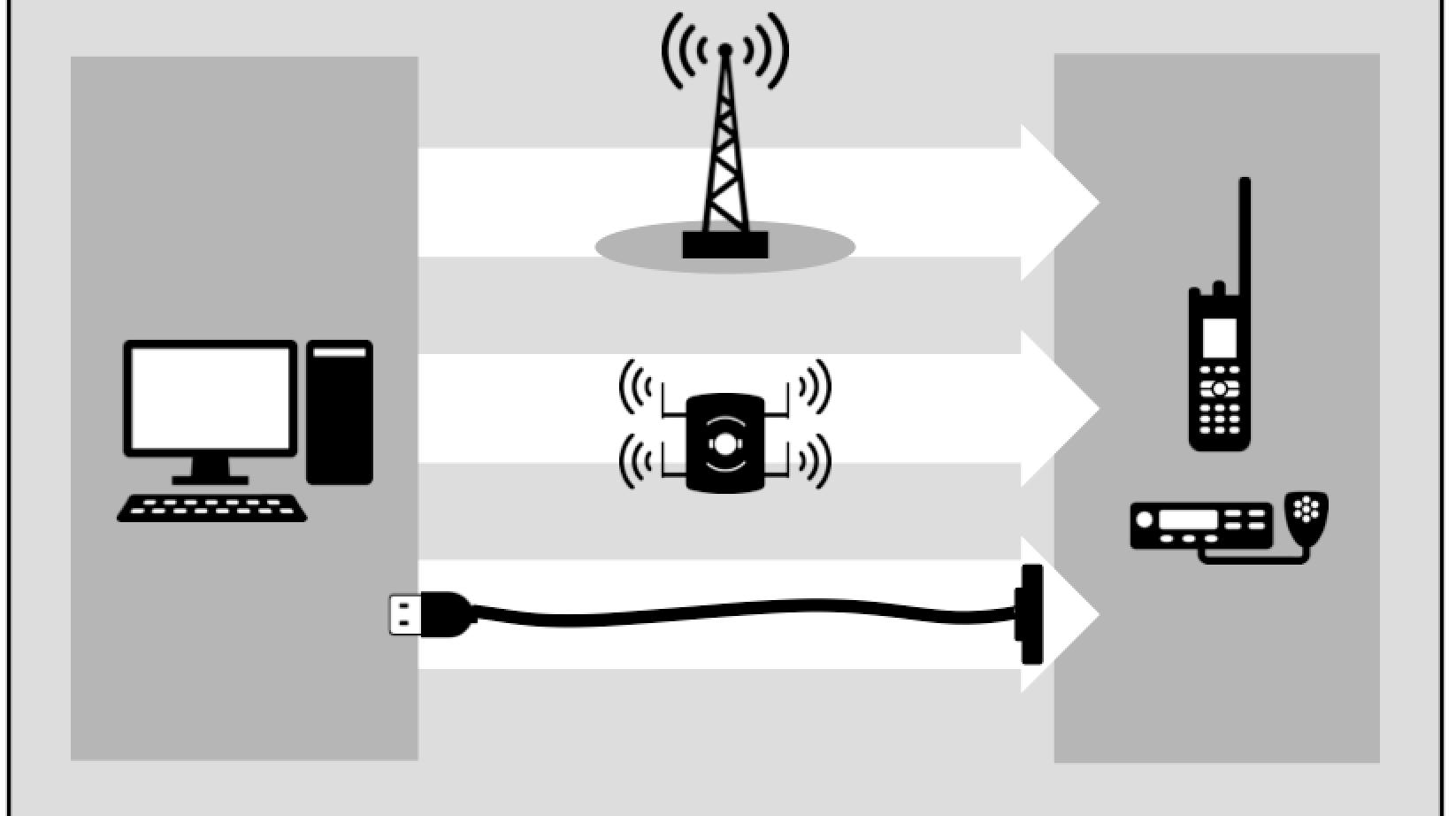 How are recent events involving attacks on police officers impacting our customers? While many communities are showing support to their local law enforcement officers, many others are showing mistrust and disappointment. Through immersive research and ride along with police agencies across North America, the CTO research team has gained insights into how technology can help our customers through these challenging times.
How are recent events involving attacks on police officers impacting our customers? While many communities are showing support to their local law enforcement officers, many others are showing mistrust and disappointment. Through immersive research and ride along with police agencies across North America, the CTO research team has gained insights into how technology can help our customers through these challenging times.
Increasing threat to officer safety
Uniforms and marked police cars are making officers easy targets. I’ve seen officers using safety tactics like parking in lots that are well-lit so that they can see someone coming from a distance or standing with their backs against a wall in public places, but the growing threat to their safety demands other approaches. This is an area where technology can make a big difference. For example, video analytics can help by alerting officers to approaching threats. Predictive analytics can help steer them away from potentially dangerous areas or direct them to relatively safer parking areas when they need to write reports.
Changing processes and dynamic workflows
Routine processes make it easy for potential attackers to plan attacks based on careful surveillance of officers’ jobs. For example, shift change is one of the most vulnerable times in their day – knowledge of when shift change occurs could be misused. In order to avoid these situations, we may see agencies changing their routines. There is also a growing element of unpredictability in every call they respond to. The nature of their workflows is becoming more and more dynamic and predetermined protocols may not be able to help less experienced officers react appropriately. Context and relevancy engines as well as virtual partners will play an important role going forward in enabling and assisting officers.
Increasing tensions resulting in officers on heightened alert
I’m sure you’ve heard of the phrase “hours of boredom punctuated by moments of terror” that is often used to describe the nature of police work. That very nature is changing. These days officers are almost always in the state of heightened alert or heightened awareness which imposes considerable burdens on their cognitive abilities. This state of mind combined with the information overload that they’re already experiencing is going to require that solutions are designed to minimize distractions. Patrol car crashes due to distracted driving are almost always a top-of-mind concern in our conversations with command officers. This is why our purpose-built, interoperable apps ecosystem will play a key role in providing mission critical intelligence and situational awareness on appropriate interaction platforms based on the user’s context and environment. Our deep knowledge of High Velocity Human Factors principles will be key in creating intelligent solutions that are simple and intuitive enough to assist officers in their state of heightened alert.
Reduced proactive policing
All the negative coverage about police in the media has taken a toll on officer morale. It has manifested in officers retreating from fear of being attacked, reprimanded or indicted. In some areas it is causing them to be less proactive. But command officers recognize that they still have a job to do and are finding ways to encourage proactive policing. Through our research we’re learning about new processes and systems that agencies are establishing in order to encourage officers to stay proactive and we’re investigating ways in which technology can play a role.
Demand for accountability; need to rebuild trust and credibility
The recent events in our society, increasing mistrust in police and negative media coverage have eroded the credibility of officers in many areas. There is increasing demand by civilians for transparency and accountability. Technology that can help bridge police-community relations, help maintain accountability and rebuild trust and credibility is going to be valuable to our customers. Solutions like Si500 and CommandCentral Vault are great examples.
A large part of what officers do today is respond to solve crimes that have already occurred. For them to rebuild trust with their communities, they need to be seen in a different light – as community partners. And the more they can do to help their communities “upstream” by collaborating with social services, mental health, education and other entities, the better off they will be in reducing and preventing crime “downstream.” Big data and predictive analytics, combined with interoperable apps will be key in achieving this. In order to solve crimes quickly, collaboration with the community is key. We’re designing our solutions to enable effective communication between law enforcement agencies and their communities.
Changes in police training
On one hand, the growing threat of terrorism and attacks on officers require them to be prepared for the worst. But on the other hand, broken police-community relations in many places require officers to be trained on how to empathize and engage with their communities. We’re starting to see changes in police training, in the way they approach their jobs and in the way they interact with their communities. As they adopt and embrace these new approaches, we’ll be looking at the impact on their workflows and technology needs.
Our users can’t always tell us what they need, but if we watch them closely they’ll show us. Through immersive and observational research with our customers we will continue to uncover unarticulated and unmet needs that will drive future innovation.
Empower your team to work smarter and more efficiently with Command Center Software.


